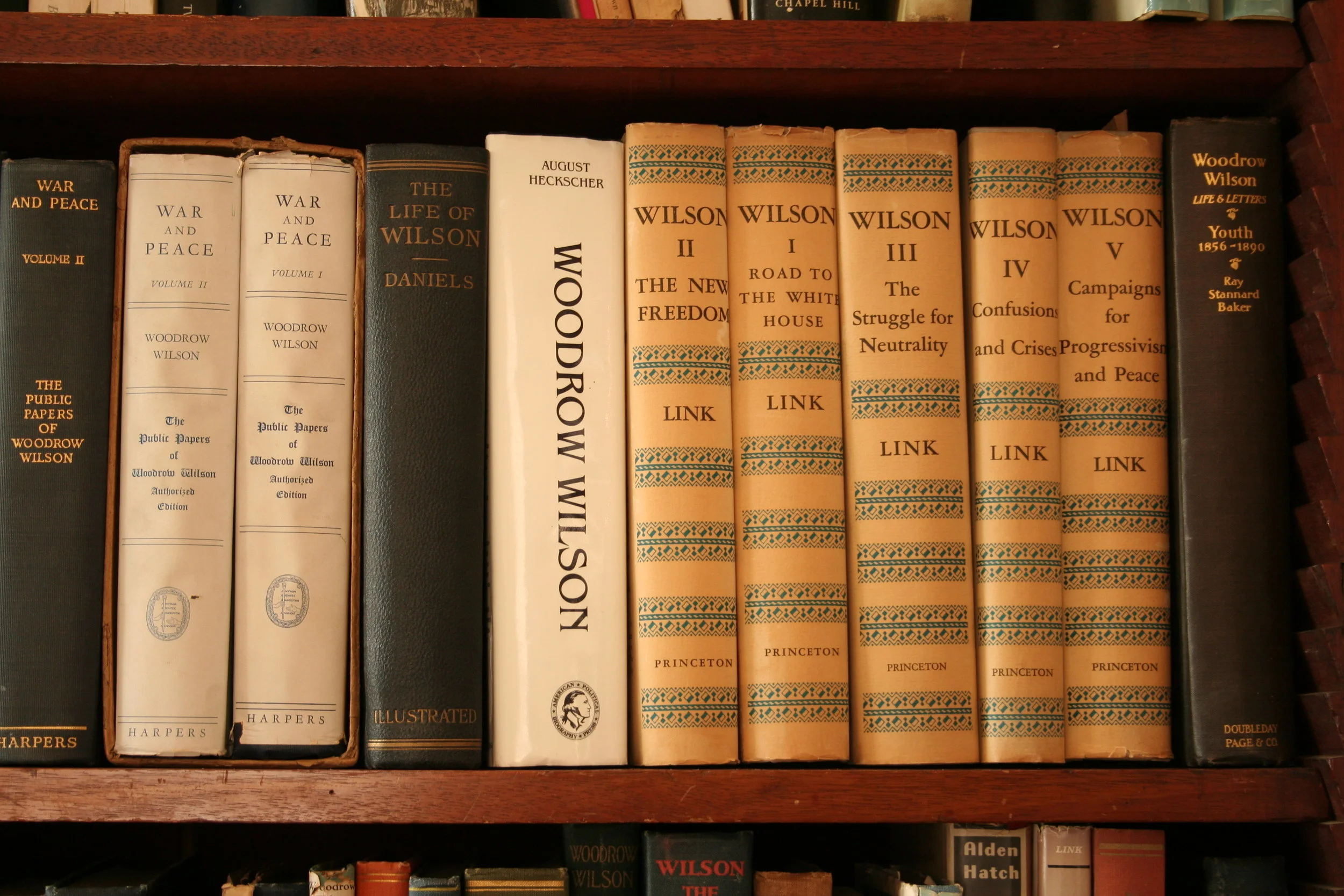Ticket to Siberia
/Just after the United States declared war on Germany in April of 1918, George Sosnowski sent Woodrow Wilson a letter warning of German plans to disable the military might of the newly-formed Russian democracy. President Wilson looked to the Kerensky government to bring freedom to the Russian empire, but he also feared that a German move to disable their opponents on the Eastern Front would make America’s job on the western side much more difficult when US troops finally got to Europe.
So, Wilson quickly sent a commission to Russia. They went to Vladivostock, however, on the eastern edge of the country. Not only was this safer in a time of submarine attacks and German offenses, it also suggests that he was already taking to heart Sosnowski’s advice to focus American aid on keeping the Transiberian Railroad operational across the entire country.
As discussions about protecting the Russian government in the capital at Petrograd began to focus on the details, it became clear that Vladivostock and the railroad would be important just for maintaining supplies to American troops because of the difficulties of using the ports at Murmansk and Arkhangelsk in the west of Russia. The port at Arkhangelsk was only open for five months of the year, and America could do little in that first year, which was just another reason to focus on fixing the railroad from a base in Vladivostock in the far east of Russia.
This endangered the American war effort before it had really begun, and the ideals of the Communists went against President Wilson’s own beliefs in democracy, private property, and faith. So, in the summer of 1918, with the encouragement of the other Allied Powers, President Wilson sent American troops to occupy positions in the Soviet Union. 5,000 soldiers went to Arkhangelsk and 8,000 to Vladivostock. These troops were only meant to protect American supplies that had already been committed to the Transiberian Railroad and to help the Czech troops already in the country to escape.
Proclamations from the Kerensky government that they would continue to fight in the war meant little when the Germans sent crushing onslaughts against the Eastern Front during that summer. Russian troops suffered from lack of supplies and the people at home saw little benefit from the new democracy. Just when the Americans began to get the railroad running smoothly with their own management and supplies, the Bolshevik revolution overturned the democratic government and threatened to end Russian involvement in the war.
Few Americans remember this excursion into two ports on either end of the vast expanse of Russia, where the soldiers suffered from the intense cold and hundreds lost their lives in engagements with the Bolshevik forces before withdrawing in 1920. In the Soviet Union, this was seen as the first aggression from the capitalist world against their revolution. It would cement hostility between the two sides in the decades before WWII, but luckily the limited engagement of the polar bear expedition did not draw America further into the conflicts of the Russian Revolution. The United States remained free to attack Germany, and Woodrow Wilson could proclaim his message of peace to the world.







